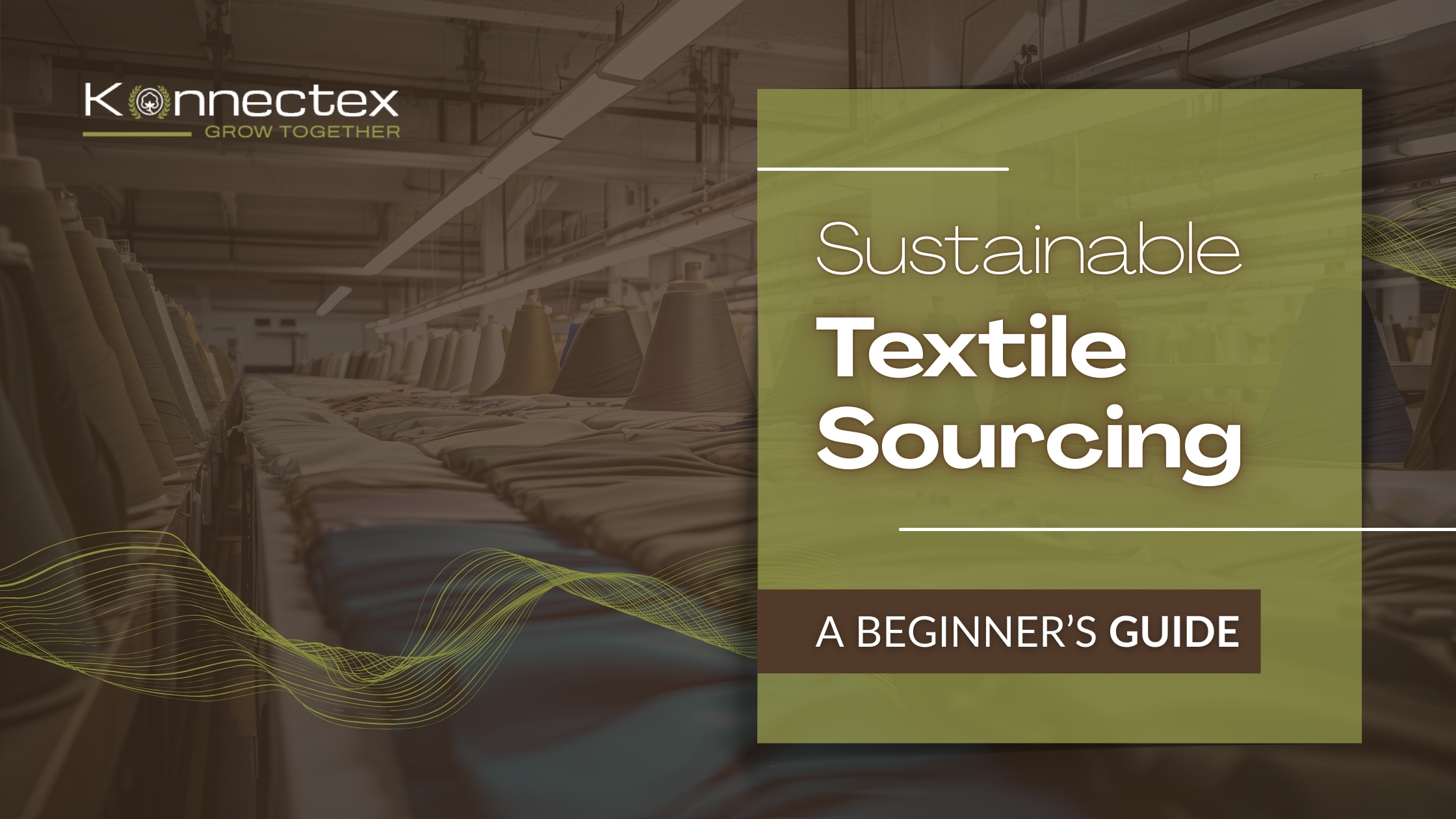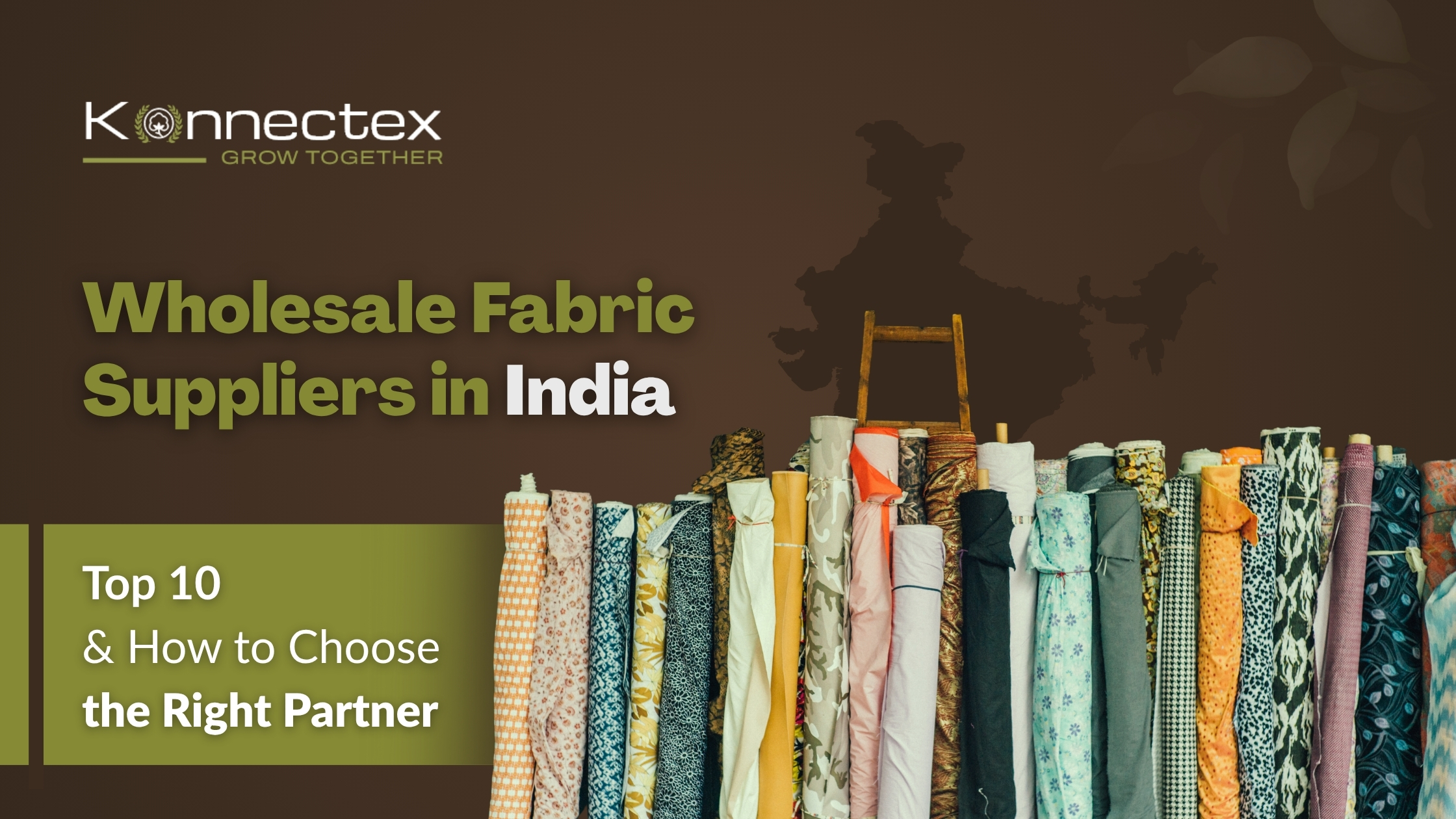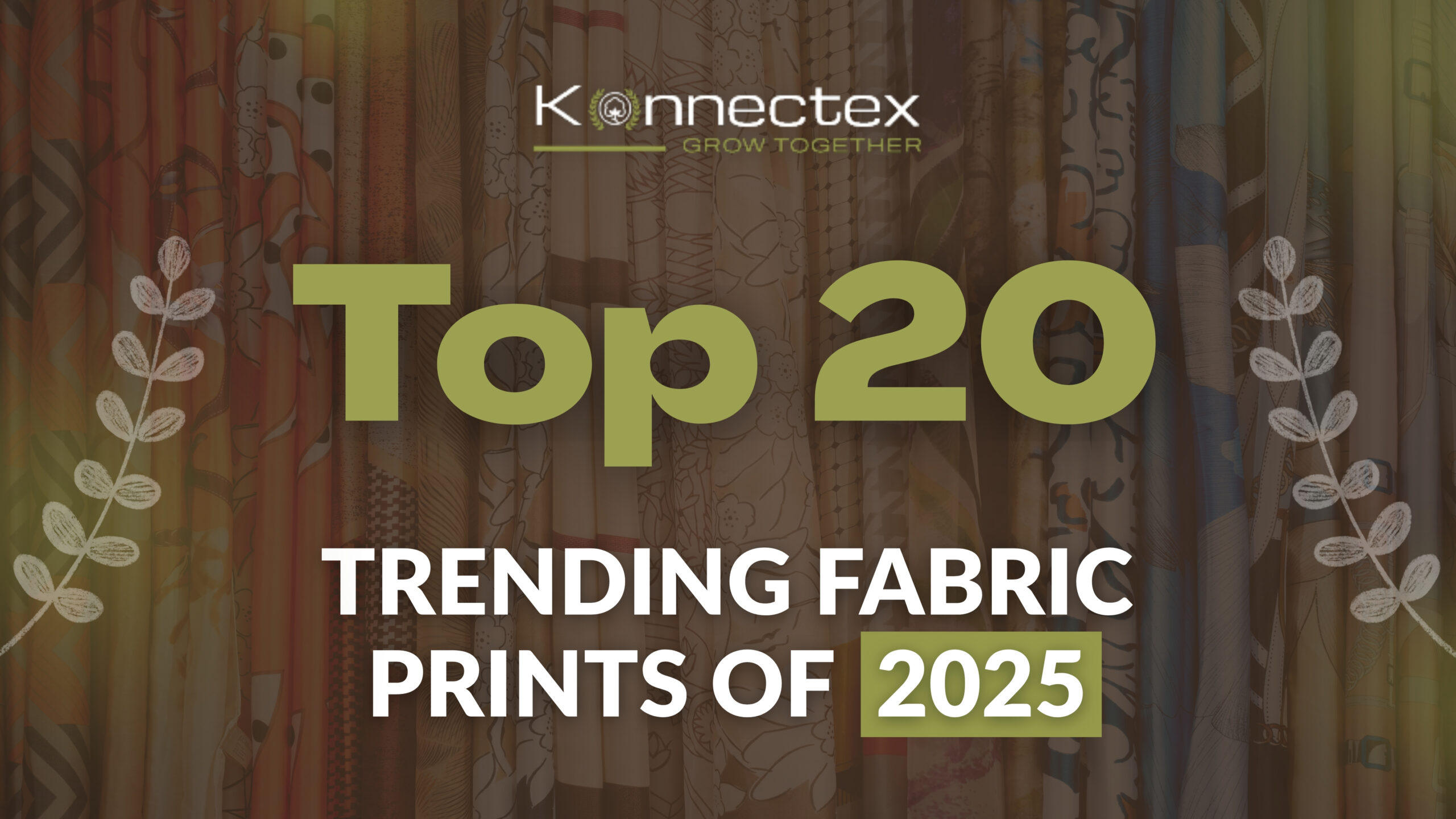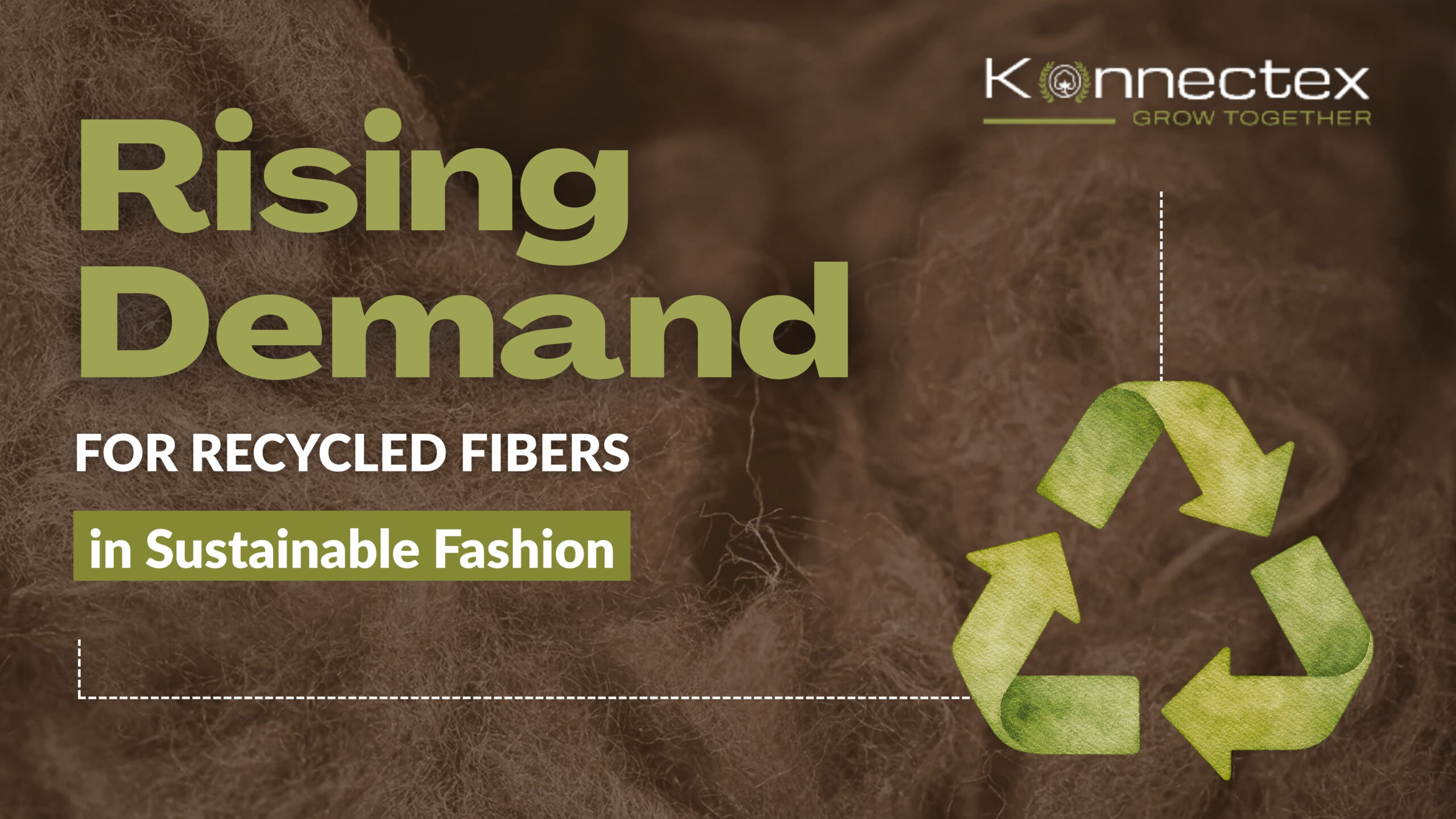The fashion industry is one of the world’s biggest polluters, consuming vast amounts of water and energy while creating unsafe conditions for workers. Traditional sourcing practices often ignore environmental and social responsibility, leaving behind a damaging footprint.
Sustainable textile sourcing changes this narrative. It focuses on using eco-friendly materials, ensuring ethical labor practices, and building transparent supply chains. Beyond protecting the planet, it also builds trust with consumers who increasingly prefer conscious brands.
A great example is Kala Cotton from Gujarat, India. Once nearly forgotten, this indigenous cotton was revived to support farmers and artisans. The crop requires minimal water, and its revival has boosted wages for weavers, proving that sustainability can benefit both people and nature.
Core Principles of Ethical Sourcing
At the heart of sustainable textile sourcing lies the balance between people, planet, and profit. It ensures fair wages and safe working conditions, while also reducing environmental harm through organic farming, recycled fibers, and waste management.
Transparency is another essential principle. Brands are now expected to trace where their fabrics come from and share that journey with customers. This shift toward openness not only builds accountability but also strengthens consumer loyalty.
Sustainability also needs to make economic sense. By adopting long-term strategies, companies can cut costs in resource use, avoid regulatory risks, and create lasting profitability.
Types of Sustainable Materials and Certifications
Choosing the right materials is the foundation of sustainable sourcing. Organic cotton is a widely used option since it avoids harmful pesticides and conserves soil health. Hemp and linen require less water than conventional crops, making them another responsible choice. Recycled polyester, often made from plastic bottles, gives waste a second life but comes with concerns around microplastic shedding.
To build trust, certifications play a key role. Labels like Oeko-Tex Standard 100 ensure fabrics are free of harmful chemicals, while the Better Cotton Initiative (BCI) promotes ethical farming. Fair Trade certification focuses on ensuring that workers receive fair compensation and safe conditions. These certifications help businesses separate genuine sustainability from greenwashing.
How to Start Sourcing Sustainably
For beginners, the journey often feels overwhelming, but a step-by-step approach makes it manageable. The first step is setting clear goals—whether it’s focusing on eco-materials, fair labor, or both. Once priorities are set, businesses can begin researching certified suppliers through trusted directories.
Technology can be a valuable ally. Many brands now use digital tools, including blockchain, to verify the origins of their textiles. Starting small is wise—testing limited orders of sustainable fabrics before fully committing helps businesses learn what works best.
As relationships with suppliers grow, scaling becomes easier. Long-term partnerships backed by regular audits ensure that ethical standards are upheld consistently.
Real-World Examples and Innovations
Across the world, inspiring examples are shaping the future of textiles. Kala Cotton’s revival in India is a remarkable story of sustainability benefiting both farmers and artisans. Similarly, Repreve recycled polyester has transformed billions of plastic bottles into fabrics, offering an alternative to virgin polyester.
Fashion events are also driving awareness. At Nairobi Fashion Week, African designers showcased garments made from repurposed textiles, proving how creativity and sustainability can go hand in hand. These cases highlight that innovation in sourcing is not limited to large brands—it is spreading across regions and communities.
Emerging Trends and the Future Outlook
The textile sector is evolving quickly. Circular fashion, which emphasizes designing textiles for reuse and recycling, is gaining momentum worldwide. At the same time, research into AI-powered textile recycling is creating faster, more efficient ways to process discarded fabrics.
Governments are also stepping in with stricter policies to enforce sustainable sourcing. This shift will make compliance a necessity rather than a choice. Beyond regulations, brands are exploring new fibers such as algae-based textiles and lab-grown materials, opening doors to exciting innovations.
The future of sourcing will be defined by this mix of technology, creativity, and responsibility. Businesses that act early will find themselves ahead of competitors in both consumer trust and market readiness.
Final Thoughts
Sustainable textile sourcing is no longer an option—it’s a necessity. By focusing on ethical practices, eco-friendly materials, and transparent supply chains, businesses can create value for people, the planet, and their profits.
The journey may feel complex at first, but with small steps, trusted certifications, and real-world inspiration, even beginners can make meaningful progress. The sooner brands embrace sustainability, the stronger their impact will be in shaping a cleaner, fairer future for fashion.
FAQs
What qualifies as sustainable textile sourcing?
It means choosing fabrics and suppliers that reduce environmental harm while protecting workers’ rights and ensuring long-term economic viability.
Are certifications like Oeko-Tex reliable?
Yes. Oeko-Tex is one of the most recognized certifications and ensures textiles are tested for harmful substances.
How can small brands start sustainably?
Small businesses can begin by sourcing low-volume certified fabrics and scaling up gradually as demand grows.
What are the risks of recycled polyester?
While it reduces plastic waste, recycled polyester still sheds microplastics when washed, so it is not a perfect solution.
Is circular fashion realistic for beginners?
Yes. Even small brands can design with recyclable materials and partner with recycling programs to close the loop.





